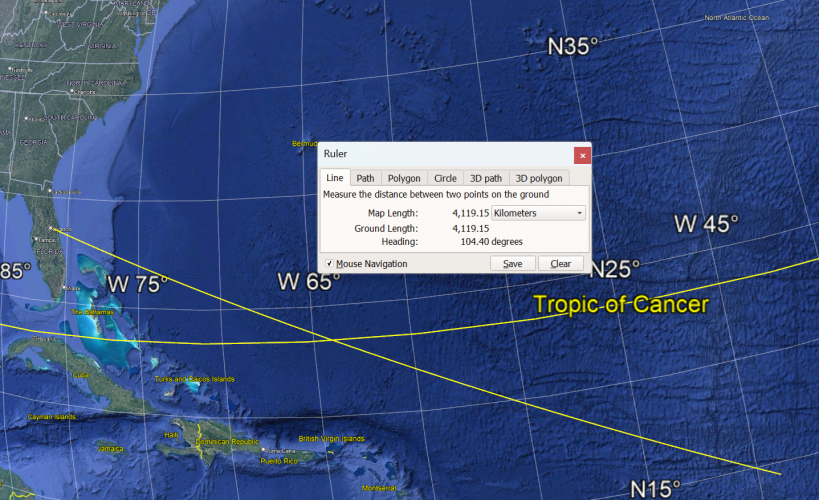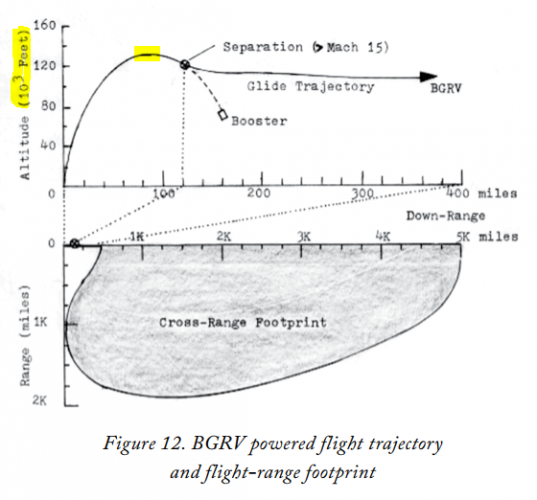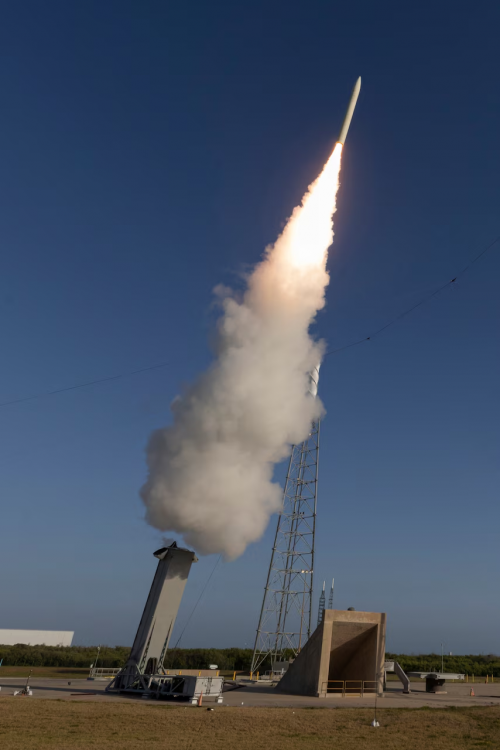CJohnston
Faking it till you make it isn't so bad after all
What do they mean by a "Highly loaded grain"?
Your guess is as good as mine. No one would talk further. I'll check my otter transcript when I get back to my dorm though, see if I missed any more details








![Building the Future.mp4_snapshot_00.16_[2025.04.28_22.50.18].jpg](/data/attachments/304/304016-ec10064dc2605652cd56e07c37c06249.jpg)


